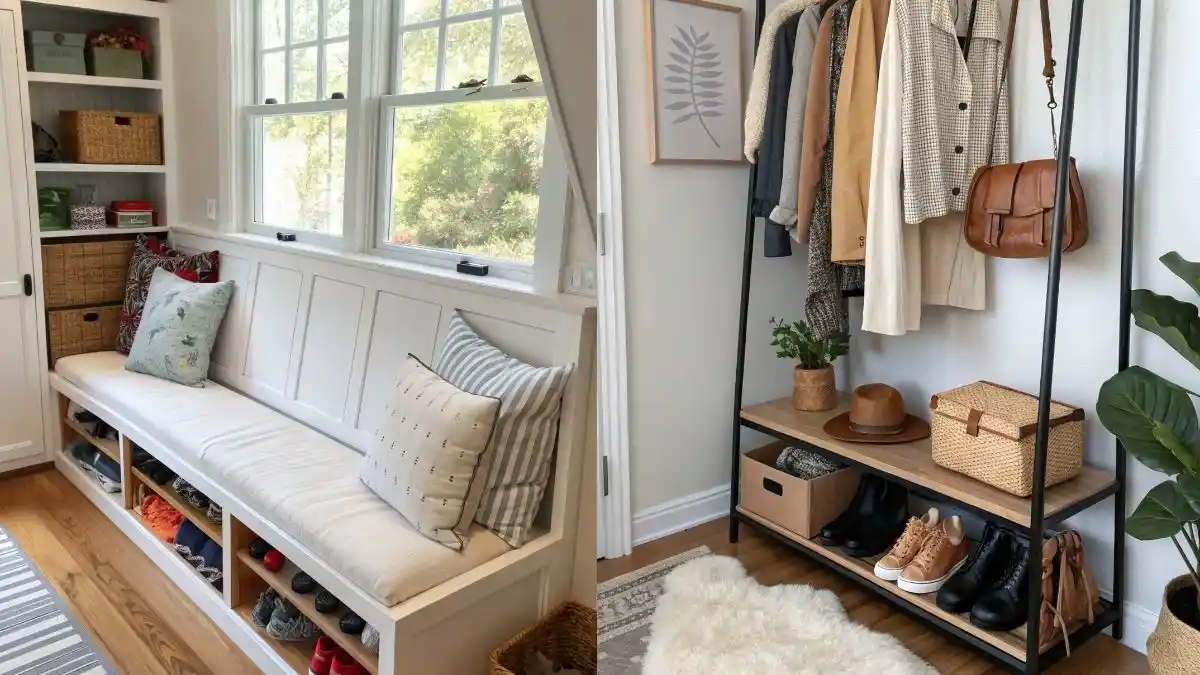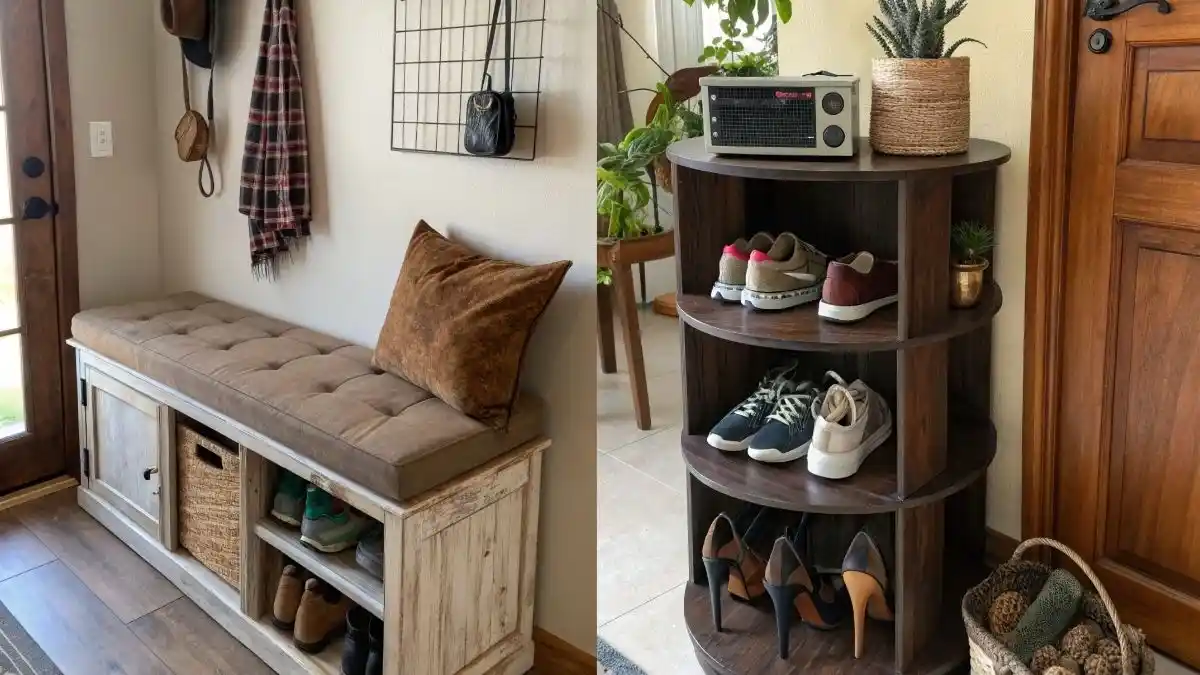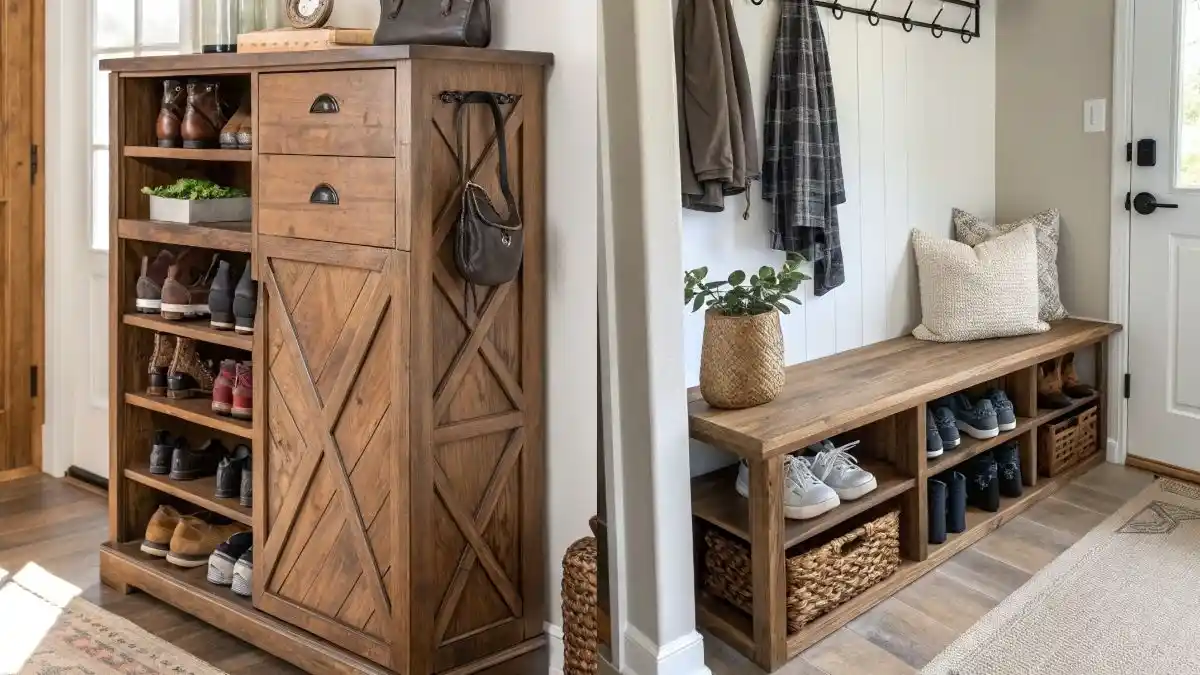Growing a cut flower garden used to feel so intimidating to me. However, with just a simple with just a few simple steps, anyone can do it! I started with the easiest flowers and the most affordable soil. Now, every morning, I get to cut fresh blooms and fill my vases with joy!
Choosing the right spot for a cut flower garden
To grow a dreamy cut flower garden, the first thing I focus on is the planting location. It's not just about having soil; you can't plant flowers just anywhere! Once you pick the wrong spot, the flowers will grow weak and spindly. After a few unsuccessful tries, here are four tips to help your plant stay healthy.
A spot that gets at least 6 hours of sunlight a day
When I first started, I didn’t pay much attention to sunlight. My garden was in a shady corner that got no direct sun in the morning, so the flowers stayed small and refused to bloom. After noticing the flower, I’ve decided to move the flower to a spot with full sun from morning to afternoon. After a few days, the flowers grew so much healthier!
| Tip: Sun-loving flowers like chrysanthemums, zinnias, and sunflowers absolutely thrive in full sunlight! |
A spot with gentle breezes, not strong winds
There was a time I planted flowers in a windy area, and the poor blooms kept swaying and tipping over. The strong wind even broke some stems and knocked off buds. Later, I moved the garden near a fence that blocked the wind, and the flowers stood tall and steady. A light breeze keeps flowers healthy, but strong wind is just too harsh for them.
| Tip: If your spot is too exposed, you can use a windbreak net or plant additional greenery around it to help block the wind. |
Preparing the soil and choosing easy-to-grow flowers
To create a lovely cut flower garden, I started by preparing the soil. I chose loose, well-draining soil, and not sticky or compacted. I also mixed in some cow manure and rice husk ash to improve aeration. One time, I used clay soil, and within a few days, the plants had root rot. That was a lesson I never forgot.
| Tip: Gently squeeze a handful of moist soil; if it crumbles instead of forming a sticky clump, it’s good soil. Healthy soil means strong plants and lots of beautiful blooms! |
Choosing flower varieties
I didn’t start with fancy flowers like peonies or climbing roses. At first, I chose easy-to-grow varieties like chrysanthemums, sunflowers, and zinnias; these little beauties are super low-maintenance and bloom abundantly. I usually buy seeds from plant shops or online. They’re affordable, and the quality is pretty good. After buying, I soak the seeds in warm water for about 4 hours to help them germinate better.
Sowing Seeds
| Step | What I Did | Reason & Result |
| Choose a method | I had two options: sowing directly into pots or starting seeds in trays. | Starting in trays let me pick the strongest seedlings before planting them out. |
| Sow the seeds | I covered the seeds with a thin layer of soil after sowing. | A light soil cover keeps the seeds moist and prevents them from washing away. |
| Watering | I gently watered every morning, making sure not to overdo it. | Keeping the soil slightly moist helps seeds avoid rotting and germinate well. |
| Watch the sprouts | After about a week, the sprouts began to emerge. | It’s such a joy to see tiny seedlings pushing through the soil! |
| Transplanting | When the seedlings were 5–7cm tall, I moved them into larger pots outdoors. | At that size, their roots were strong enough to thrive in the garden. |
Planting with space
After doing some research, I learned that planting too closely causes overcrowding, which leads to a lack of sunlight, poor air circulation, and a higher risk of disease. So I tried again, this time leaving about 20 cm between each plant, and the difference was amazing. Every plant had its own space, grew faster, produced more buds, and the flowers were noticeably bigger. I also didn’t have to spend as much time trimming excess leaves like before.
Care and pest control
Taking care of the plants and managing pests is key to maintaining a healthy, long-lasting cut flower garden. I check each flower base daily so I can spot any signs of pests or disease early. Proper watering and regular fertilizing keep the plants strong and less prone to problems.
Fertilizing
When the plants grew about 4 – 6 true leaves, I started feeding them with a diluted NPK fertilizer in a 10 – 10 – 10 ratio, just one small spoon mixed into 10 liters of water, poured around the base. As the plants began to form buds, I switched to a fertilizer higher in potassium and phosphorus to encourage larger blooms and sturdier stems. Applying fertilizer every two weeks worked perfectly for me. I also like to reuse coffee grounds and banana peels to add natural nutrients.
| Tip: The most important thing is not to over – fertilize it can “burn” the roots! |
Pruning and removing spent blooms
When the garden starts to bloom beautifully, it's also time to focus on pruning to keep the plants healthy. It’s not about waiting until every flower fades; timely pruning helps the plants bloom more consistently and for a longer time.
- Whenever I see a flower starting to wilt, I cut it close to the base so the plant can focus its energy on new growth.
- I also remove yellow leaves and dry branches to keep the garden clean and well-ventilated.
- If too many flowers bloom at once, I thin them out to prevent the plant from getting exhausted this way, so the next blooms grow larger.
- Leaving withered flowers on the plant can attract pests, so I always make sure to cut them off in time.
- All the trimmed parts are gathered and either burned or thrown in the trash. I never leave them lying around the base.
| Pro tip: I always use sharp, clean scissors to avoid bruising the stems and to help the cuts heal quickly. |
Early pest and disease detection
When I notice yellow spots, holes, or a slimy texture on the leaves, I know the plant is dealing with pests or disease. I mix a mild soap solution and gently spray it on the leaves to get rid of aphids. If it's a fungal issue, diluted hydrogen peroxide usually does the trick. When I catch the problem early, I isolate the affected pot right away. For severe cases, I replace the soil entirely. After every care session, I always clean my hands and tools to prevent spreading the issue to other plants.
Conclusion
Ever since I started learning how to grow a cut flower garden, I’ve come to understand just how joyful it feels to cut a fresh bouquet each morning and bring it into the house. All it takes is choosing the right spot, preparing the soil well, picking suitable flower varieties, and patiently tending to each step, and you’ll see those blooms burst into life, making every bit of effort worth it. I hope what I’ve shared helps you feel more confident about giving it a try. Trust me, how to grow a cut flower garden isn’t hard at all, once you start, you’re already halfway to flowers!











